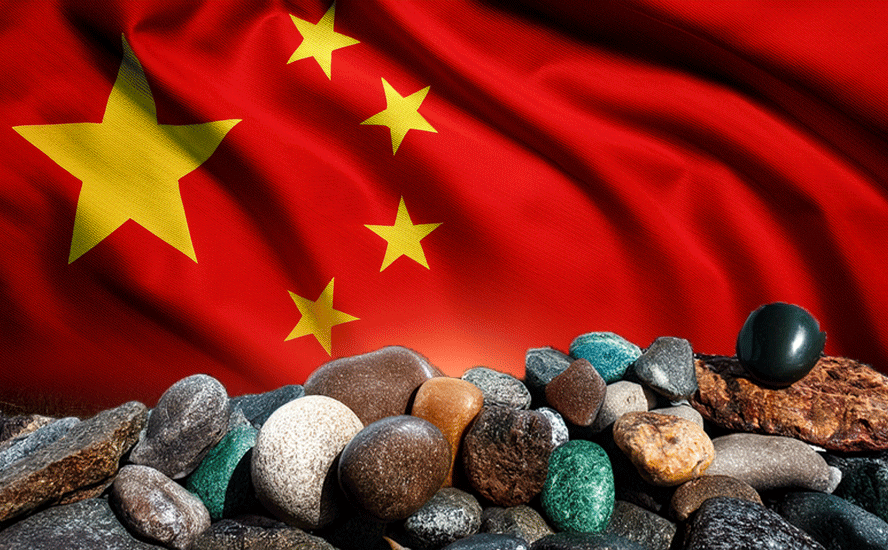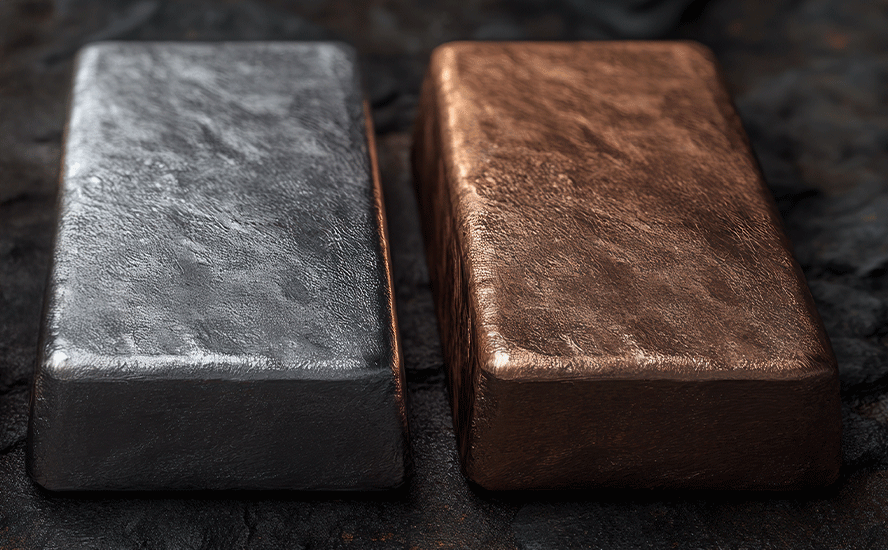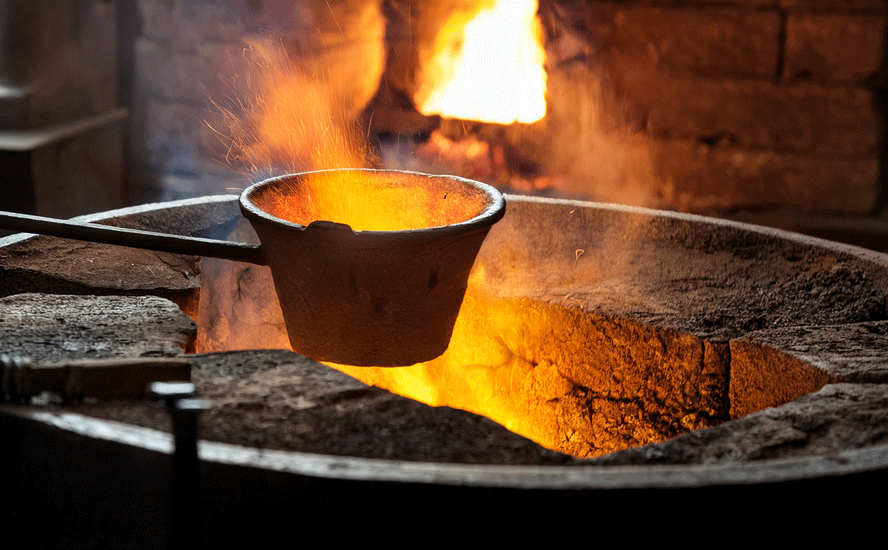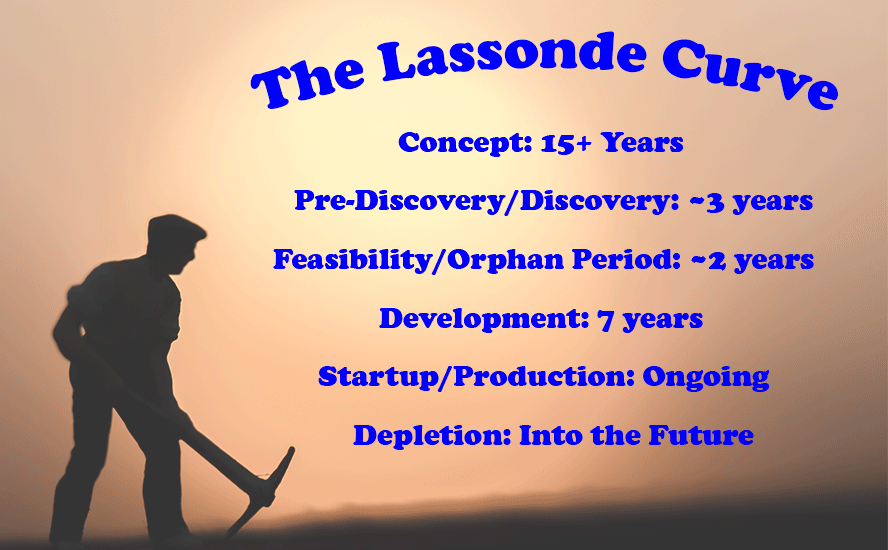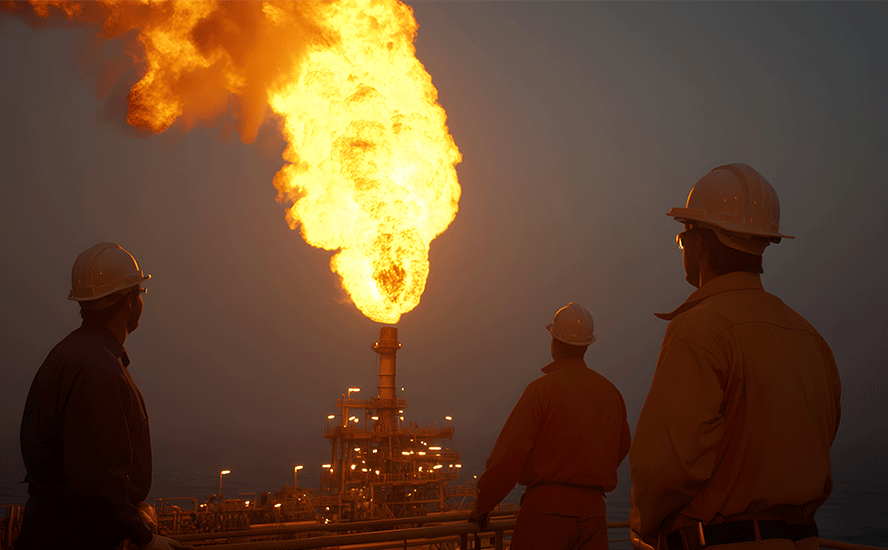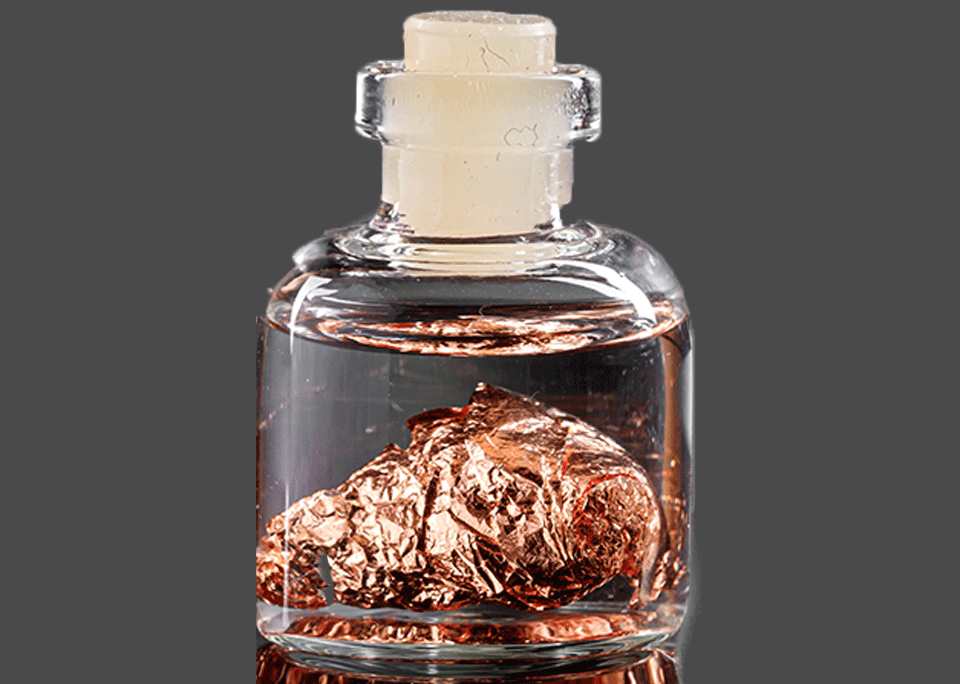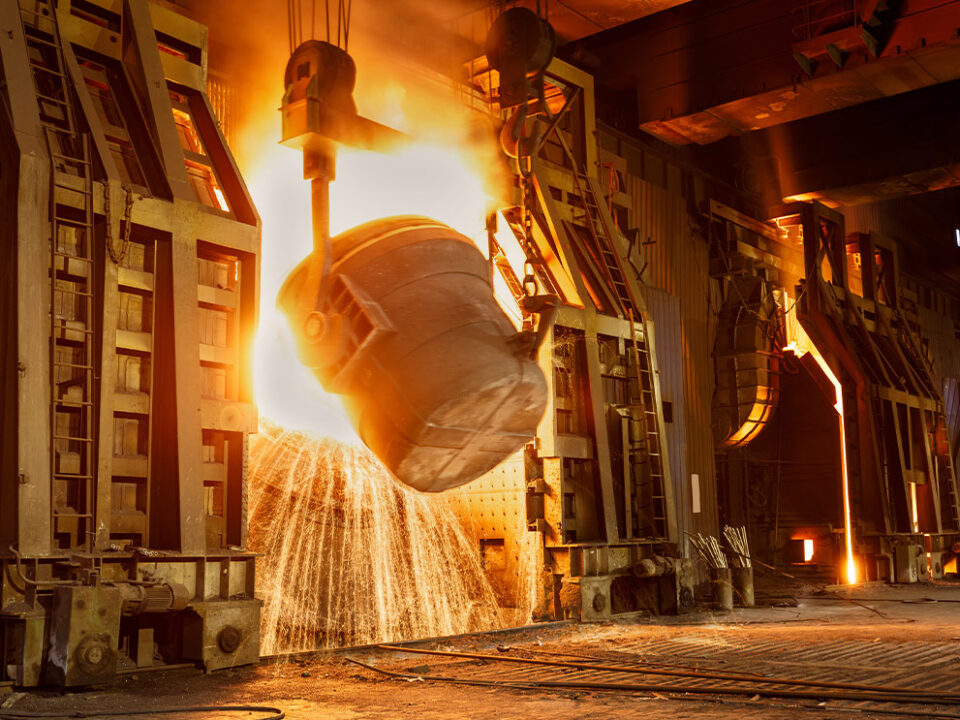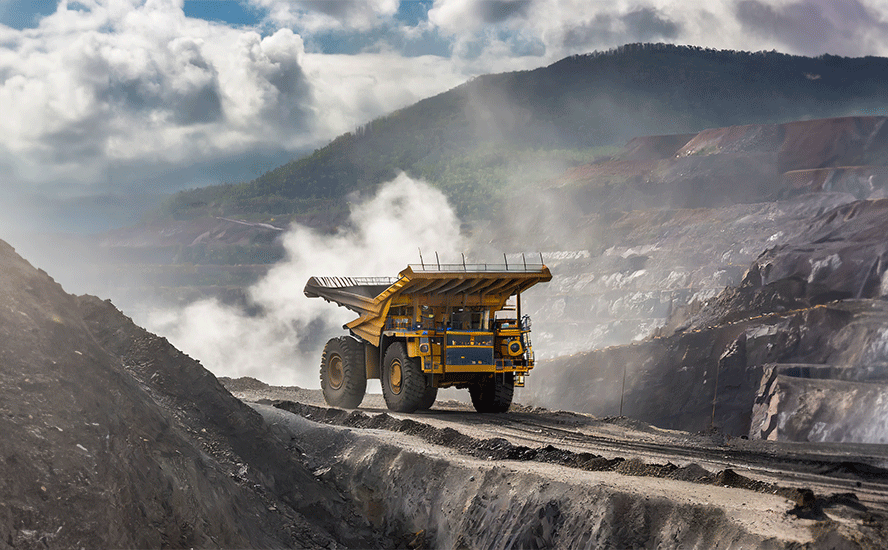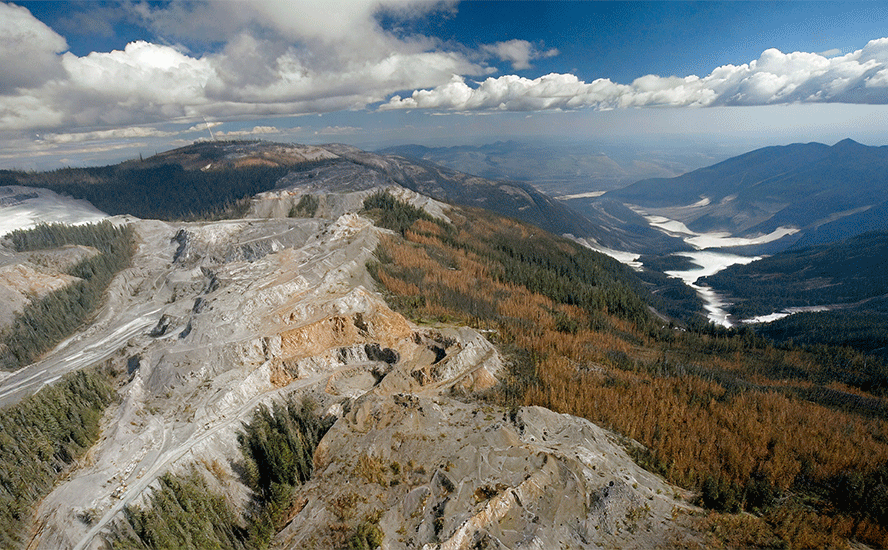SK Innovation mulling another $5B for America’s first EV battery plant
- Home
- Articles
- Environment
- SK Innovation mulling another $5B for America’s first EV battery plant

2019.01.10
Most North Americans equate electric vehicles with Tesla, whose “Gigafactory” in Nevada opened in July, 2016. But now there’s a new kid on the block, and it hopes to eat away at Tesla’s EV battery marketshare.
In December Korean company SK Innovation announced an investment of US$1.67 billion to build the first electric vehicle battery plant in the United States, as it seeks to take advantage of burgeoning demand for electric vehicles (EVs).
Earlier this month the firm doubled down, saying it is considering plowing an additional $5 billion into the project, planned for Jackson County, Georgia.
Today EVs are a small part of the auto industry. But by 2047, there are expected to be upwards of 1 billion electric cars on the road. All these EVs will need lithium-ion batteries.
The key to EV market penetration has always been the batteries. How can they be made cheaply enough to compete with gas-powered vehicles, and with a reasonable range that doesn’t have the driver frantically searching for a charging station in the middle of nowhere?
Tesla’s Gigafactory in Nevada is emblematic of EVs in North America, but it’s only one of many battery-making facilities in the works. According to Benchmark Intelligence there will be a 399% increase in lithium-ion battery production capacity over the next 10 years – the equivalent of 10 Tesla Gigafactories as pointed out by Visual Capitalist. Unsurprisingly, 5 of the 7 largest Gigafactories will be in China, or 57% of the total.
In 2017 less than 200,000 EVs were sold in the US, versus 777,000 in China. EVs are still a minuscule part of the massive US auto industry, accounting for just 1.2% of the 17 million vehicles sold last year. (Numbers courtesy of the South China Morning Post).
But SK Innovation wants to be the first mover in what is shaping up to be an important step towards a mine-to-battery supply chain, in the United States.
The yet-to-be-built plant would have an initial annual capacity of 9.8 gigawatt-hours, but it plans to eventually ramp up to 105 GWh – five times the 20GWh capacity of Tesla’s Gigafactory 1 in Nevada, making it the largest EV battery plant in the United States. Production is targeted for 2022.
SK Innovation currently supplies batteries to several global automakers, including Daimler and Hyundai Motor.
While most new battery cell manufacturing capacity is headed to Europe and Asia, where automakers are more aggressively targeting EVs, Electrek quotes SK Innovation saying that two of its customers – Mercedez-Benz and Hyundai-Kia Motors – will need battery cells in the US and is therefore investing in local battery production.
Locating the EV battery plant in Georgia is strategic because Hyundai, Mercedes and Honda operate assembly plants in nearby Alabama, while Mazda and Toyota have broken ground on a factory in Alabama, notes Automotive News. Volkswagen has an assembly plant in Chattanooga, Tennessee.
No word yet on where SK Innovation would source the lithium and other metals needed to produce EV batteries.
There is currently no mine to battery supply chain in North America – not in the United States nor Canada. At Albemarle’s Silver Peak Mine in Nevada, the lithium is shipped to Kings Mountain in North Carolina, which produces lithium hydroxide needed for lithium-ion batteries. This material is then loaded on ships and sent to Asian battery manufacturers, which sell the batteries to auto-makers.
Tesla has shown little interest in making deals with current (Albemarle) and future US lithium miners – despite CEO Elon Musk’s entreaties to source lithium from North America. The company inked a deal last May with Kidman Resources, an Australian company, which is developing a lithium processing plant in Western Australia with SQM, the largest lithium producer in Chile. Tesla plans to buy lithium hydroxide from Kidman and manufacture batteries in China for its Gigafactory.
North of the border, Canadian lithium miners aren’t looking in their own backyards either to build an EV battery supply chain. Nemaska Lithium will send its lithium hydroxide to Swedish battery maker Northvolt AV, which will take between 3,500 and 5,000 tonnes per year. Nemaska has also made deals with Asian companies, last April accepting an investment of $78 million from Japan-based Softbank, the world’s biggest technology investment fund ($100 billion) in return for a 9.9% stake. Last May Nemaska agreed to supply spodumene concentrate to Hanwa Co., Ltd. of Japan and General Lithium Corp from China.
You can hardly blame the battery-cos from locking up lithium supply in offtake agreements with future lithium miners. As the prices of EV battery ingredients – copper, lithium, cobalt and graphite – continue to climb and the prices of finished products, the batteries, continue to fall margins are being squeezed; these companies need to hedge their bets, hence the offtake agreements securing long term prices/supply. But wouldn’t it be great if North American lithium mining companies kept their lithium on the continent instead of shipping it overseas?
SK Innovation is making that possible through its Georgia EV battery plant. All it needs now is a US lithium supplier.
In our last lithium article we wrote about how in Chile, a squabble between lithium producers and the Chilean government over water rights, has resulted in Albemarle’s expansion plans being delayed for up to a year and a half, while competitor SQM’s output increase is allowed to go ahead.
The issue stems from scarce water supply in the arid Salar de Atacama, where Albemarle and SQM share the same salt flats containing lithium brine. The Escondida and Zaldivar copper mines also draw water from the same area. The government is worried that much of northern Chile will run dry as demand for lithium soars. Last year it said that more of Atacama’s water was being pumped by miners than replaced by snow and rainfall. As a result, it restricted new water rights in areas of the salt flats that are being overdrawn. The government is also planning to build a drinking water reserve for local communities.
As for SQM and Albemarle, it appears that SQM has come out on top. The state lithium miner reportedly said that a commitment to reduce brine extraction would not affect its plans to increase lithium output, although that is rather hard to believe. Albemarle on the other hand has had a request to increase its lithium production quota denied, and a license it needed to build a half-billion-dollar processing plant rejected. The company is in arbitration with the Chilean government for the next 18 months.
In light of the roadblocks that Albemarle – the world’s number one lithium miner – has hit in Chile, it would make sense for the company to go elsewhere, especially if it wants to retain its marketshare ahead of SQM and China’s Tianqi Lithium which is quickly gaining on SQM. Indeed Albemarle has reportedly put its long-term Atacama expansion on hold as it focuses on its Australian operations – Albemarle owns 40% of Talison Lithium which operates the largest hard-rock lithium mine in the world, Greenbushes in Western Australia.
Albemarle also runs Silver Peak in Nevada, the only lithium mine in the United States. But in order for Albemarle to grow marketshare in the US, it will need to do something about Silver Peak. In operation since the 1960s, the mine is processing lithium at much lower parts per million than it used to (the exact ppm is hard to come by, Albemarle hasn’t made that number public). To avoid a shutdown, it will need to find more high-grade lithium in the Clayton Valley. The company could either sign a deal with a smaller company to supply its processing plant with lithium, or do a take-over.
At Ahead of the Herd we’ve been closely following Cypress Development Corp (TSX-V:CYP), which has a monster lithium claystone deposit in very close proximity to Silver Peak. Last fall Cypress put out a preliminary economic assessment (PEA) and it plans to release a prefeasibility study (PFS) very soon.
With news of the huge EV battery plant planned by SK Innovation, the big question is, where will SK Innovation get its lithium from? The obvious answer is Albemarle, the only company currently mining lithium in the United States. But if Silver Peak’s grades are dwindling, how will that be possible especially considering that SK Innovation wants to build a battery plant five times the size of Tesla’s Gigafactory?
Well a good option for Albemarle would be to partner with Cypress, which is on the runway towards developing its own mine with a 40-year minelife, just in the initial pit! Instead of shipping its Silver Peak lithium hydroxide and lithium carbonate to Asian battery manufacturers, why doesn’t Albemarle supply SK Innovation in Georgia – maybe initially with Silver Peak lithium, and then, as the brine becomes too low-grade to be economic, start using lithium mined from Cypress’ Clayton Valley Lithium deposit? It’s a win-win for both companies.
Or Albemarle could just buy Cypress out; the company is currently way undervalued considering the amount of lithium in the ground: an eye-popping Indicated Resource of 3.835 million tonnes LCE (lithium carbonate equivalent) and an Inferred Resource of 5.126 million tonnes LCE – more than enough to supply America’s current lithium needs, and then some.
Its claystone lithium operation is pegged at around 24,000 LCE tonnes a year, according to the PEA. It could provide battery-grade lithium carbonate and hydroxide to Silver Peak at low cost. Other scenarios include Cypress forgetting about Albemarle and going mining alone or perhaps SK Innovation buying or partnering up with Cypress in a financing/offtake agreement.
Cypress’ mine has no issues with water, is lower cost than brine or hard-rock lithium operations, and has rare earths and other by-product credits to boot.
Conclusion
SK Innovation wants to be the first mover in America’s EV battery space. It’s true that Tesla’s Gigafactory already produces battery cells and battery packs, but the factory also makes drivetrains. SK’s facility would focus solely on batteries.
Out of all the intended lithium producers in North America, Cypress is the only one without an financing/offtake agreement. The prospect of a new battery plant in Georgia now gives CYP a third option, other than partnering with Albemarle or being swallowed up by the lithium major. It could also become the supplier of choice for SK Innovation’s facility, once it’s up and running.
The possibility of that is extremely interesting. A US mine-to-battery supply chain is indeed taking shape and Cypress is poised to become an important link in that chain.
Richard (Rick) Mills
Ahead of the Herd is on Twitter
Ahead of the Herd is now on FaceBook
Ahead of the Herd is now on YouTube
Legal Notice / Disclaimer
This document is not and should not be construed as an offer to sell or the solicitation of an offer to purchase or subscribe for any investment. Richard Mills has based this document on information obtained from sources he believes to be reliable but which has not been independently verified. Richard Mills makes no guarantee, representation or warranty and accepts no responsibility or liability as to its accuracy or completeness. Expressions of opinion are those of Richard Mills only and are subject to change without notice. Richard Mills assumes no warranty, liability or guarantee for the current relevance, correctness or completeness of any information provided within this Report and will not be held liable for the consequence of reliance upon any opinion or statement contained herein or any omission. Furthermore, I, Richard Mills, assume no liability for any direct or indirect loss or damage or, in particular, for lost profit, which you may incur as a result of the use and existence of the information provided within this Report.
Cypress Development Corp (TSX.V:CYP) is an advertiser on Richard’s site aheadoftheherd.com. Richard owns shares in CYP.
Legal Notice / Disclaimer
Ahead of the Herd newsletter, aheadoftheherd.com, hereafter known as AOTH.Please read the entire Disclaimer carefully before you use this website or read the newsletter. If you do not agree to all the AOTH/Richard Mills Disclaimer, do not access/read this website/newsletter/article, or any of its pages. By reading/using this AOTH/Richard Mills website/newsletter/article, and whether you actually read this Disclaimer, you are deemed to have accepted it.



